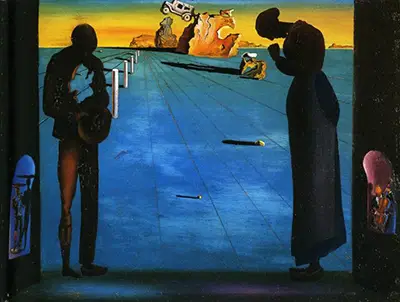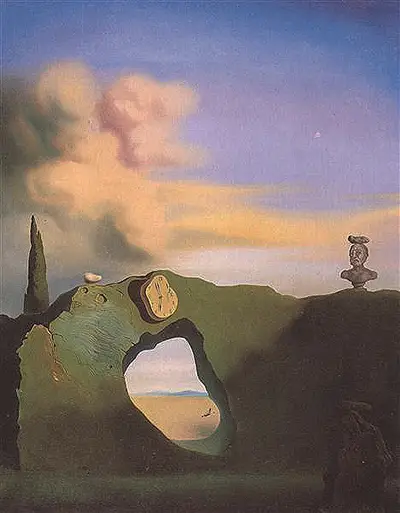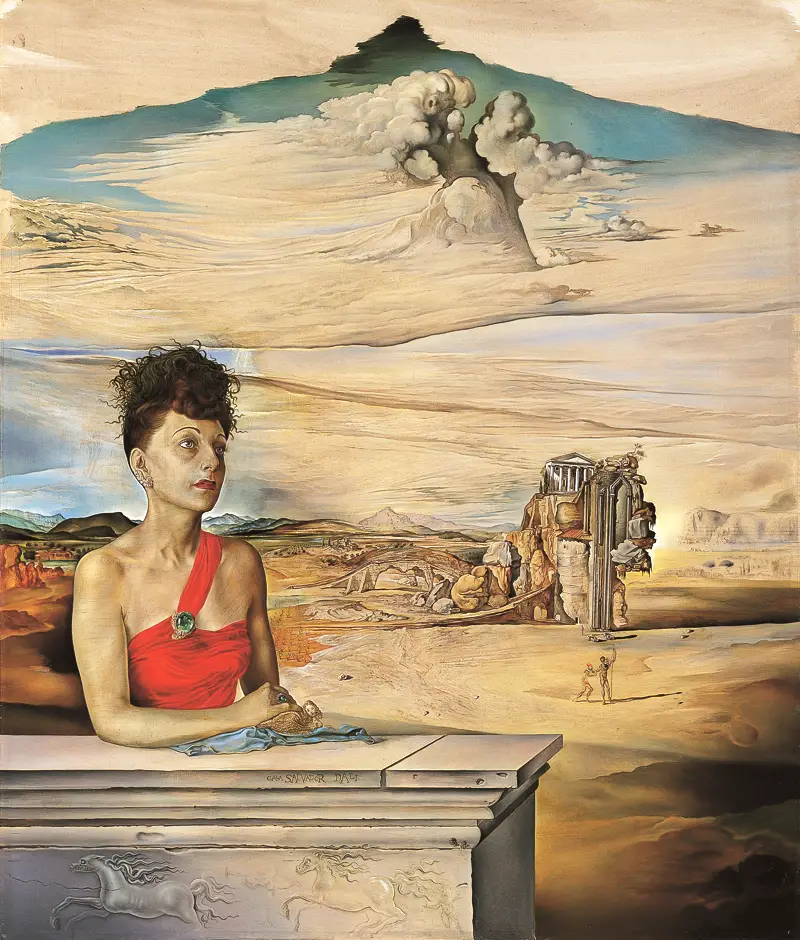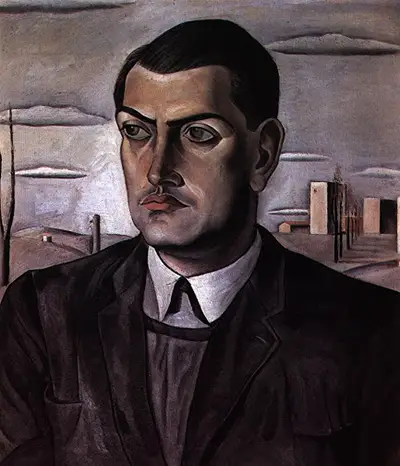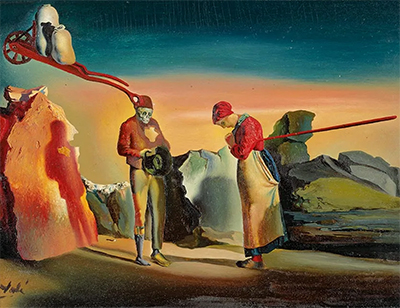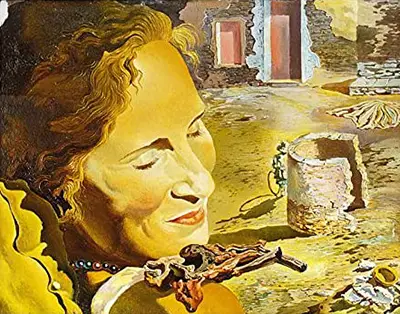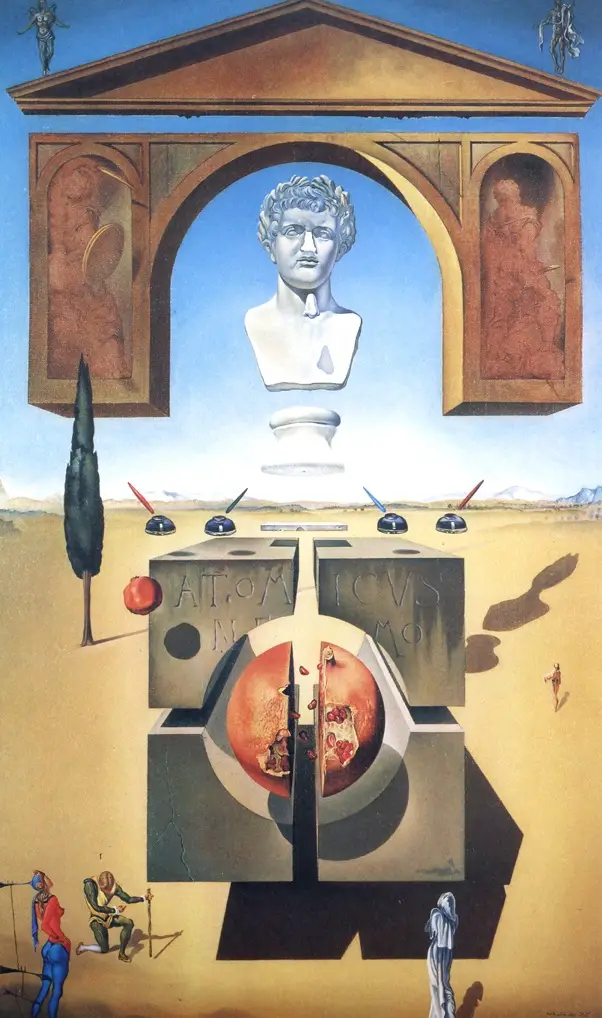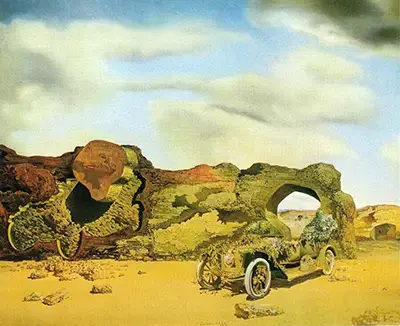Instantly recognisable with his Velazquez-inspired moustache and his cape, Dali developed into a caricature of himself latterly, a role he relished and encouraged. An artistic polymath, excelling in many fields of expression, Dali found inspiration and creative mediums everywhere. However, without doubt, his genius was most evident through his surrealist paintings. Indeed, although he was rejected by the surrealists of the time, he remains the poster-child for the movement today. He was incredibly productive throughout his life, almost to the end, leaving us with a vast treasure trove of exquisite technique and though-provoking images that inspire fans the world over decades after his death. Dali's artistic talent was recognised at a young age. Encouraged and perhaps over indulged by his mother, Dali had his first private exhibition at the age of 13 and his first public one a year later.
It seemed a natural progression for him to study art in Madrid, where he was exposed to the works of all the greats, from Raphael to Velazquez. He explored all manner of styles including impressionism and cubism and began to develop a new "hybrid" style which quickly drew the attention of critics, good and bad. However, by far the greatest influence on his work came after he finished his formal education from two of the great men of his day; Pablo Picasso, and Sigmund Freud. Dali was a huge fan of Picasso's when he met him in Paris through an introduction from Joan Miro. Miro had spoken highly of Salvador’s work to Picasso, and it is said that Picasso recognised Dali's genius almost immediately. Picasso's cubism is apparent in a vast array of Dali's work throughout his career. Strangely, Freud’s influence on the young Dali was even more profound.
It was Freud's ground-breaking papers on the symbolism of sexuality in the psyche that encouraged Dali to search his subconscious for what was to become his signature dream images. He returned again and again to Freud's writings for inspiration. We can also learn a lot about his own mind through the various portraits and self-portraits that can be found right across his career. Salvador Dali was predominantly a Surrealist painter who experimented with other art movements. Whilst drawing skills were the basis of all of his art, his painting ideas and techniques came from the Renaissance period, which has been influential on many famous names from the art world. He even incorporated some of their specific work into his own unqiue style. Dali was an ambitious and open minded artist whose career went far beyond the oil paintings found here.
He was also involved in film, sculpture and photography to various degrees, always looking for new ways to use his creativity. The nearest comparison with Dali would be fellow Spaniard, Pablo Picasso, who offered similar innovation, variety and productivity over an extended period of time. They both produced Cubist work, whilst Picasso was more on the fringes of the Surrealist group. Dali was also involved with Dadaism along with George Grosz and Marcel Duchamp. This section provides some of the most famous Salvador Dali paintings as a summary of his career, with more available throughout the website. There is also our Dali sculptures section. This artist remains the most significant exponent of Surrealism, with other notable contributors including Rene Magritte, André Masson, Max Ernst, André Breton, Yves Tanguy, Giorgio de Chirico and Joan Miró.
The Rise of Surrealism
Today, Dali is considered the quintessential surrealist. Even though Salvador himself came rather late to the party, so to speak, he remains the most influential and highly regarded master of the style. Surrealism was born from the chaos of Dadaism after the second world war. Prominent in Europe and latterly America, it was a chaotic reaction to the social structures that activists believed caused the Great War. Dadaism was an expression of a broken system which produced anything and everything that was disassembled and non-art. While the chaos that was Dadaism was short lived, the freeing random nature of it is said to have informed the creation of several artistic movements such as surrealism, post-modernism and ultimately pop art in the 1960's. French writer and anti-fascist Andre Breton is widely considered to be the founding father of the surrealist movement which suggests that the purest expression of human truth comes from the subconscious, and every effort should be made to allow it to come forward.
Breton's group attracted many intellectuals of the day including Joan Miro, Rene Magritte and Dali’s close friend Federico Garcia Lorca. Dali was delighted to join a group of free-thinkers and welcomed the opportunity to discuss new ideas with them. The group in turn were fascinated with Salvador’s techniques for accessing the dream state and expressing what he found there. This method, which Dali called the Paranoiac- Critical Method in which Salvador induced hallucinations from his subconscious, became pivotal in the artist's work as it prompted his first and perhaps most profound surreal work, The Persistence of Memory (1931). However, the surrealists, as a movement, were anti-fascists and when they could rouse no political fervour from Dali, even in the face of the rising Franco in his own country, they had to expel him. Nonetheless, the ideology and inspiration for his art founded in the surrealist manifesto continued to inform Dali’s work for the rest of his life.
Imagery and Meaning
Symbolism and imagery are the mainstay of Dali's work. Throughout his life he used several persistent images conveying his inner-most thought and feelings, some beautiful and some very disturbing. His most famous imagery is that of the melting watches in The Persistence of Memory (1931), largely thought to be inspired by Einstein’s theory of relativity and the fact that time is not fixed. Soft watches as a means of conveying scientific discovery regarding time are found again in The Disintegration of the Persistence of Memory (1954). The painting symbolises the destruction of conventional wisdom and the new theory of Quantum Physics.
Further images often used by Dali were elephants as in Dream Caused by the Flight of a Bee (1944). Elephants, as they were depicted, with spindly legs, were a classic surrealist juxtaposition; these huge animals would surely never be supported by such thin legs. Dali suggested however that their pure spirituality caused them to be light and beautiful at the same time powerful and strong, therefore the legs were shackles to keep them connected to the earth for fear they would leave. He is said to have thought his elephants the most perfect expression of being and they brought him great joy. Other animals feature frequently too.
In The Metamorphosis of Narcissus (1937) Dali displays yet another of his favourite recurring symbols, the egg. Thought to be an indicator of prenatal or in uterine world with a soft interior protected by a hard shell, they are most commonly used to signify hope and love, in this example however, it is an indicator of decay and death. The loss of everything due to vanity. Dali frequently used many other images including ants and snails, drawers and sea creatures. The use of these symbols has become a type of shorthand for those who follow his work, offering a unique insight into the mind of a genius.
Classical Period
Obviously the most famous paintings by Dali are surrealist in nature, but it is important to remember what a remarkable technician he was. In fact, some of his most exquisite and technically brilliant work was created in the 1940’s and 50’ during what is referred to as his classical period. There is not a complete departure from his symbolism and imagery, but there is a much more traditional feel to the works of this time frame and some even have religious based subjects including, Christ of St John of the Cross (1951) which depicts Christ on a cross floating over a body of water and The Sacrament of the Last Supper (1955) which took and uncharacteristic nine months to complete. Both of these paintings are beautifully rendered with a profound depth, but the meanings are not as complicated to decipher as some of his more figurative work.
The Legacy of Genius
Love him or loath him, even after death Dali can still provoke extreme emotion. In his lifetime, it was his pleasure to offend and outrage thousands while at the same time delight legions more. However, ultimately his legacy has been that of inspiration. A man of boundless curiosity and capacity for learning and experimentation, he left the art world with innumerable techniques to explore; Roy Lichtenstein, the celebrated pop artist, was famous for using enlarged half-tone dot grids in his work, a technique pioneered by Dali, and Andy Warhol claimed to have been greatly influenced by Salvador's body of work, going as far as to postulate that the entire pop art movement would not have existed without him. Today, of course, Dali lives on as an icon of excess and eccentricity. He has been portrayed in several movies and there are countless books about his life and work. He continues to inspire artists, young and old, to think outside of the box and create anything that will make people wonder.
Museum Perfumes Books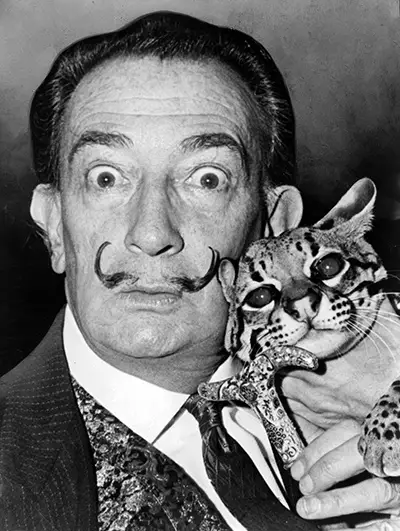
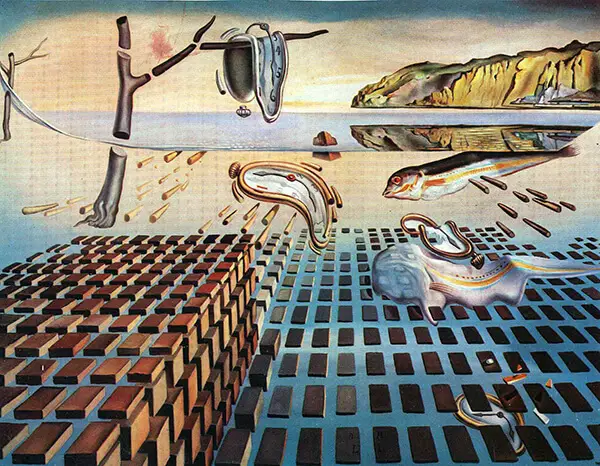
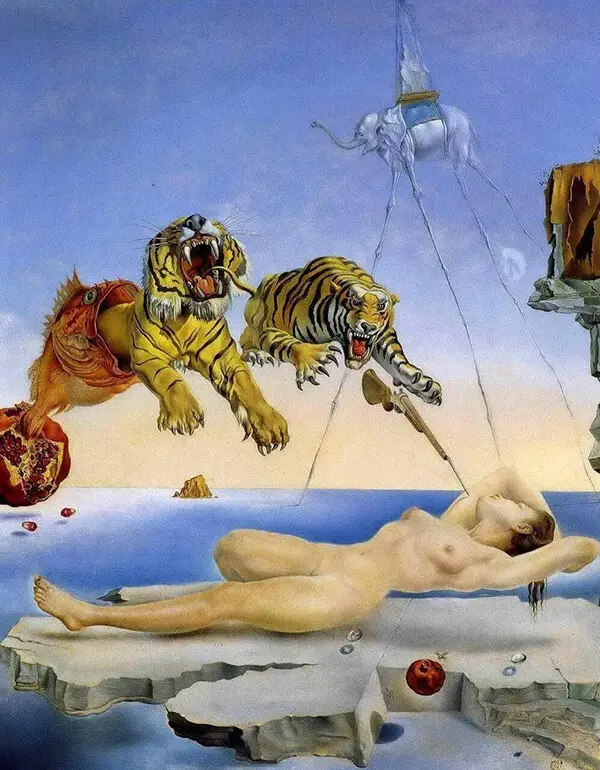
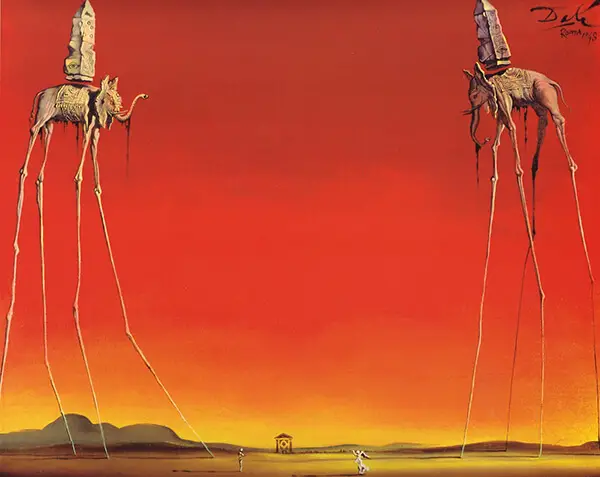
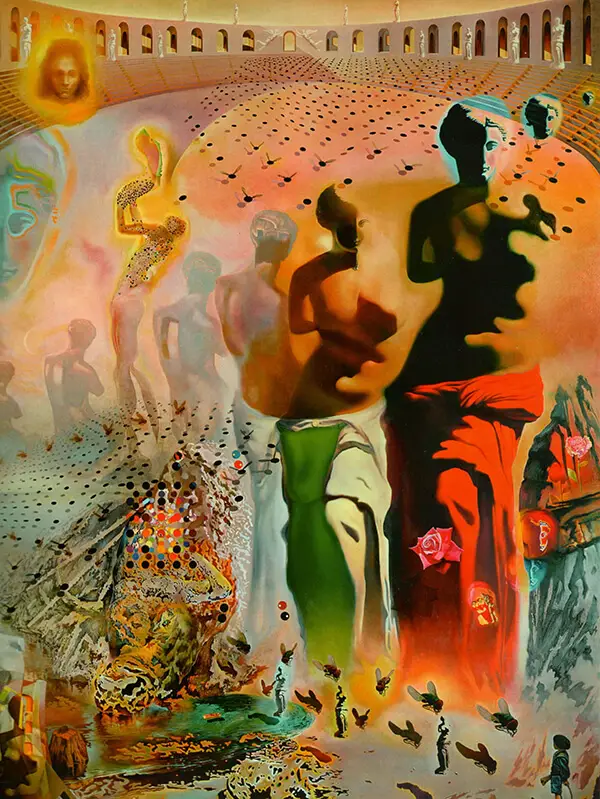
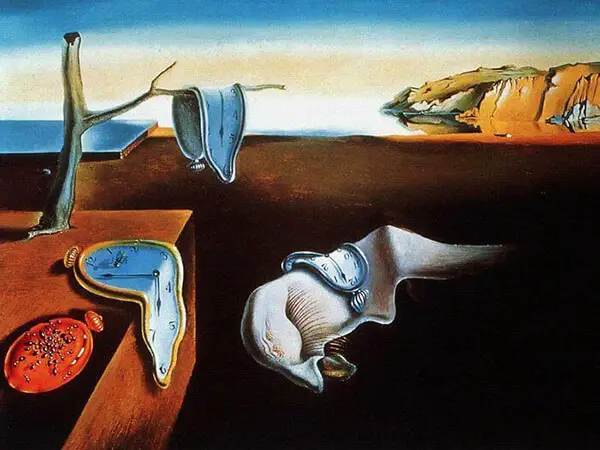
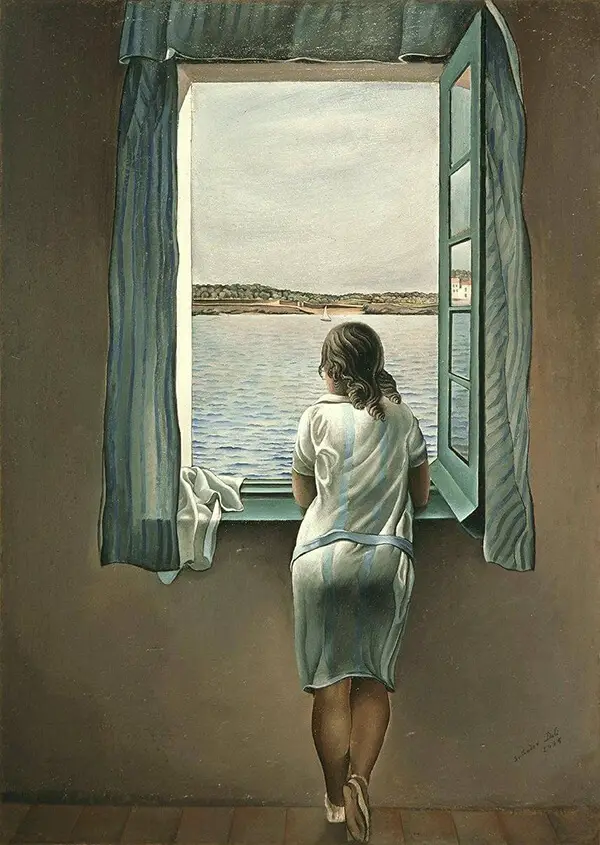
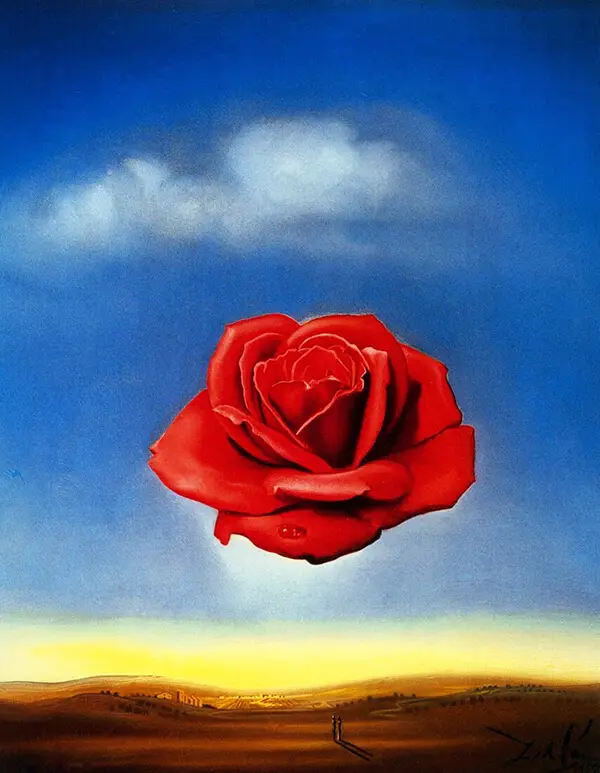
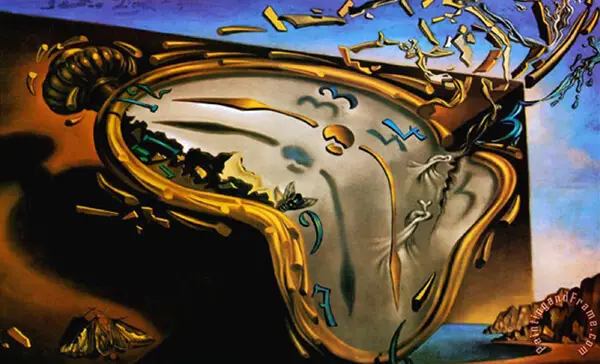
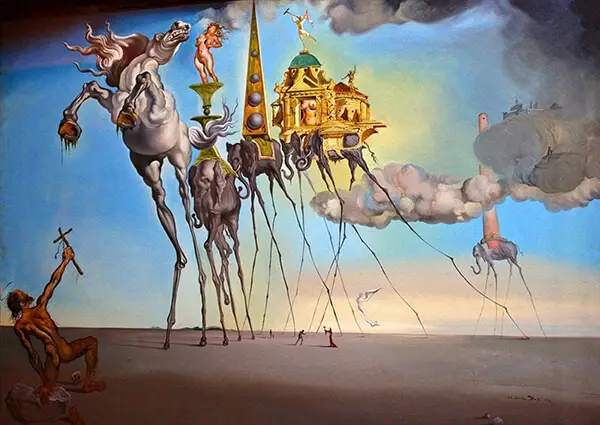
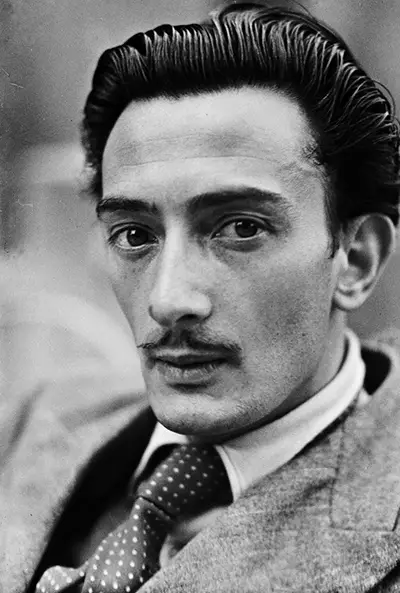
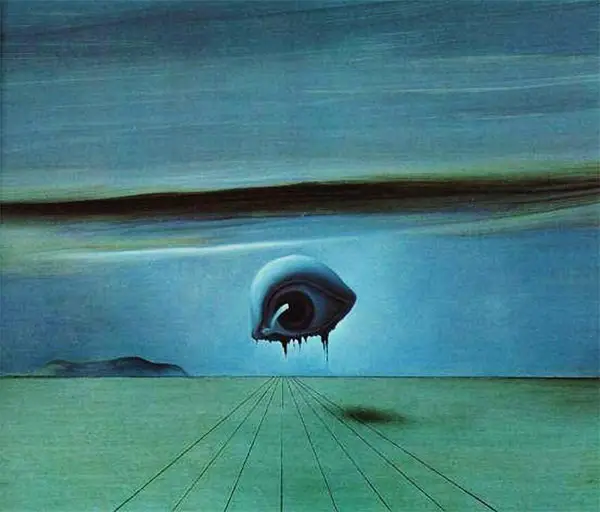
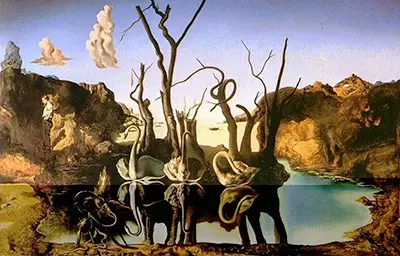
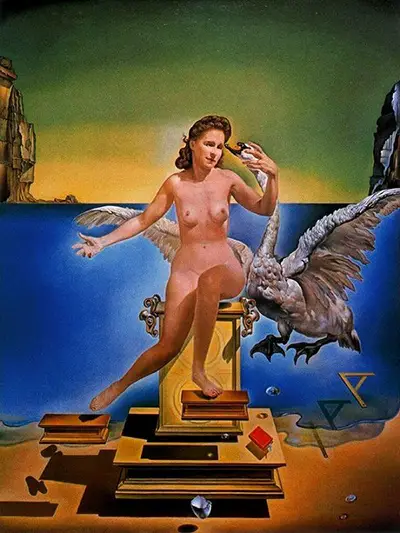
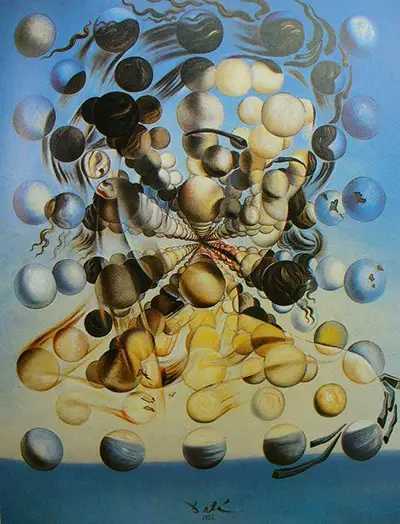

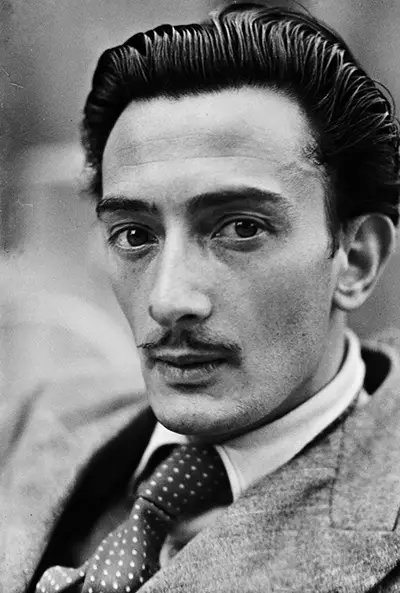
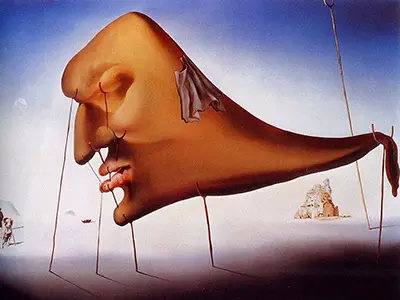
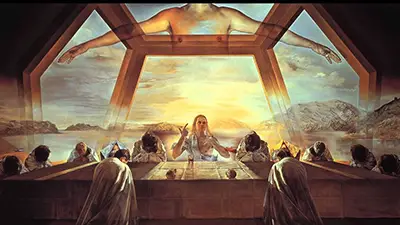
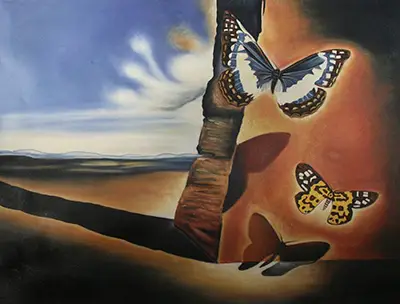
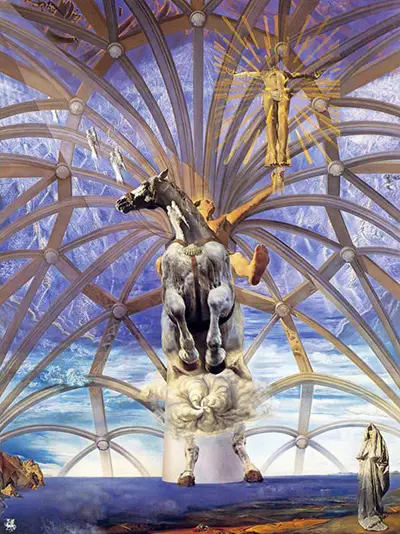
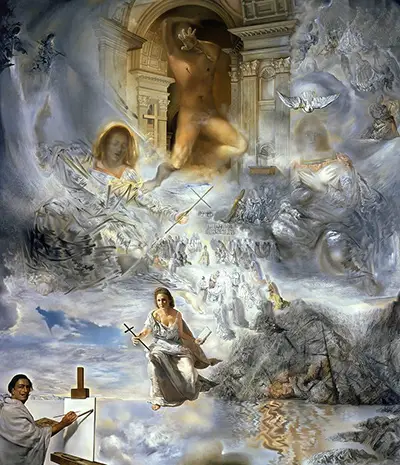
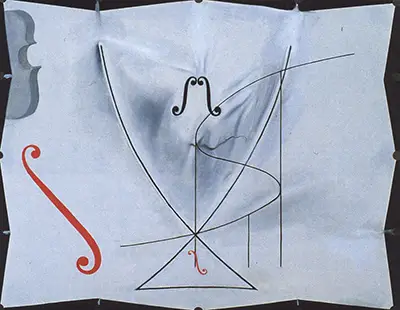
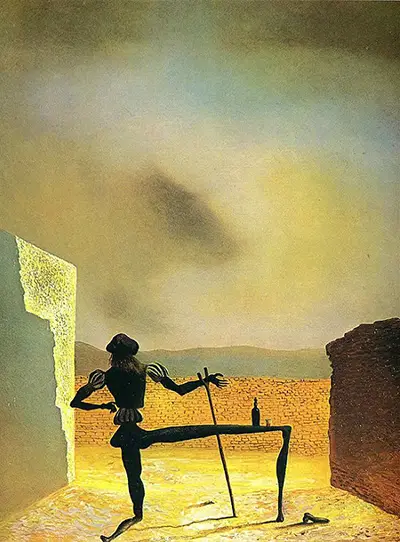
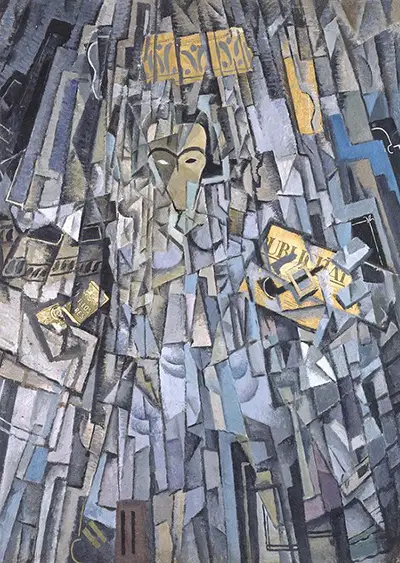
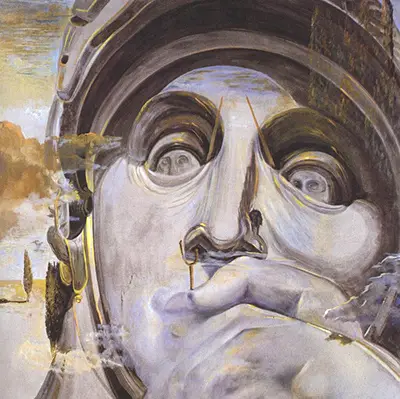
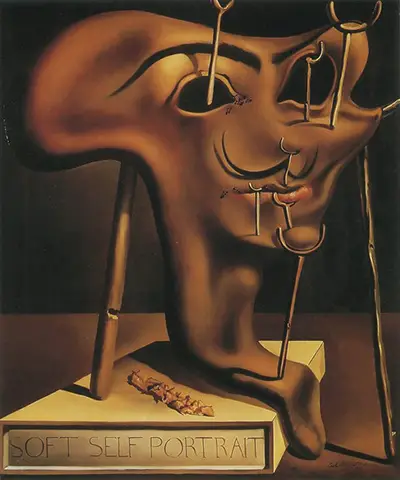
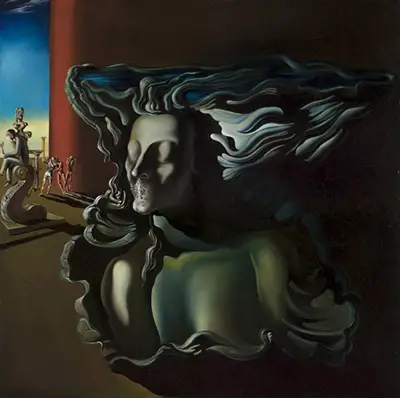
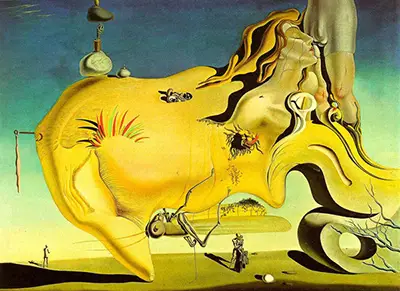
 Salvador Dali.jpg)
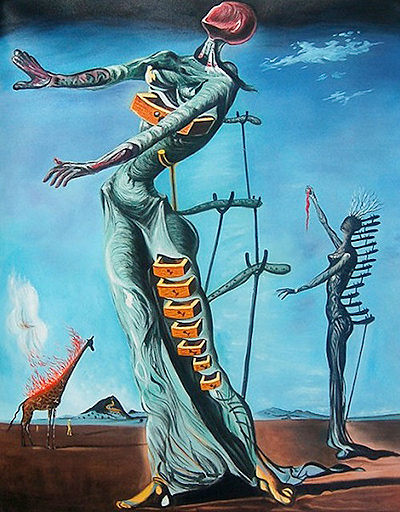
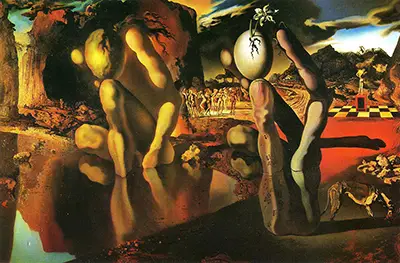
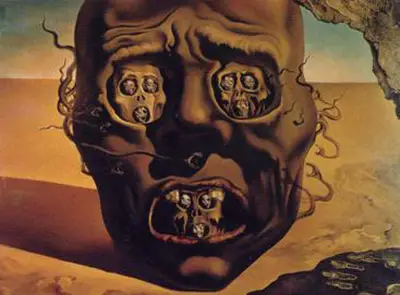
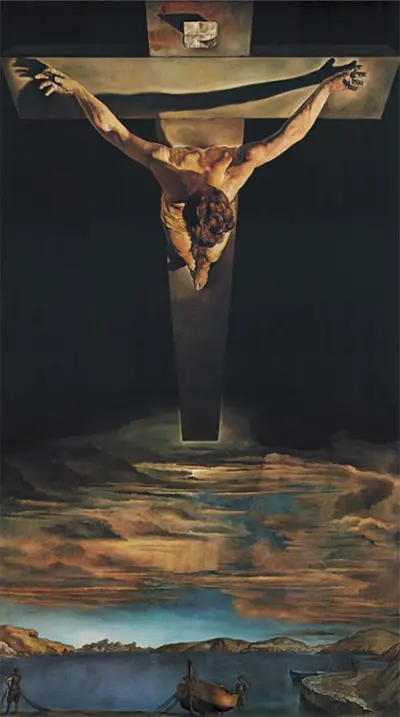
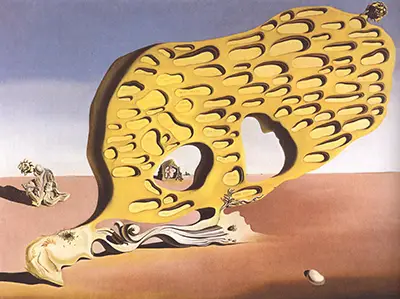
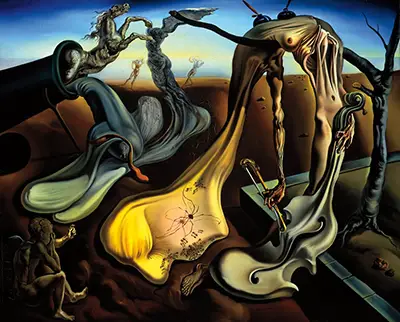
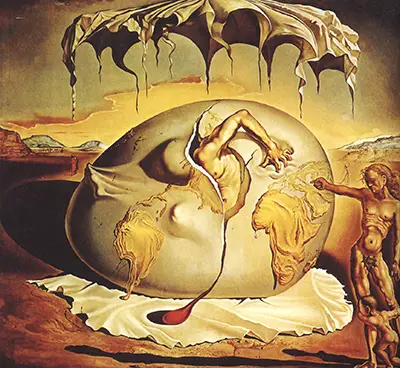
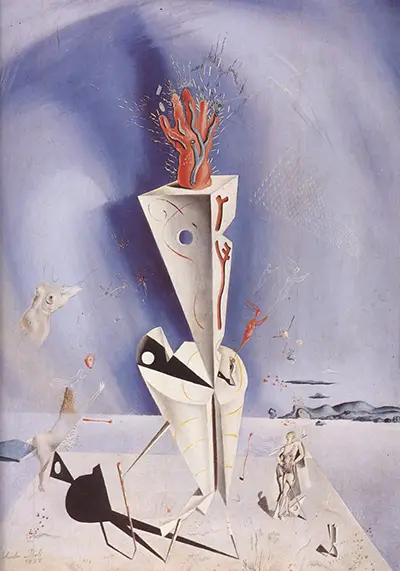
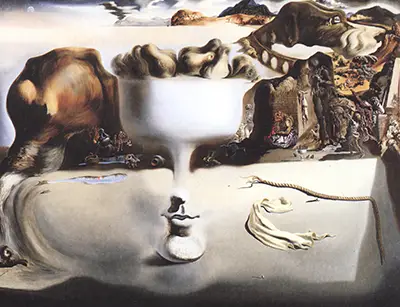

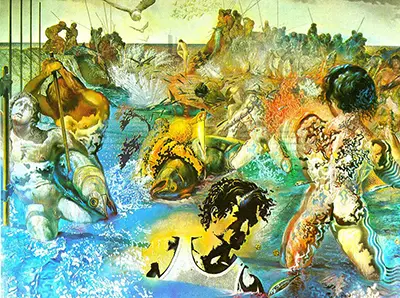
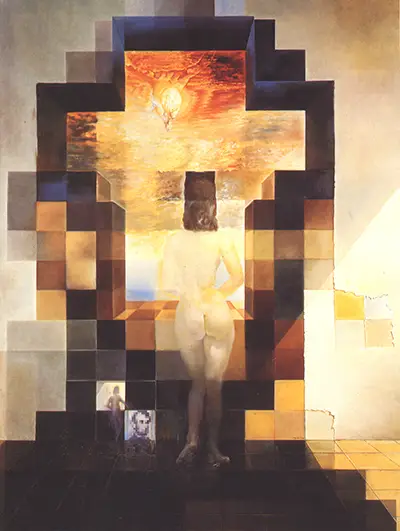
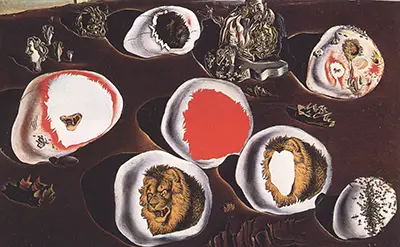
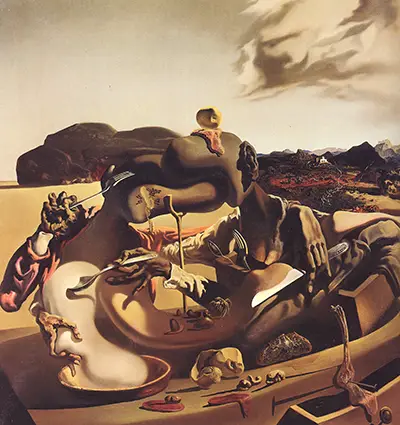
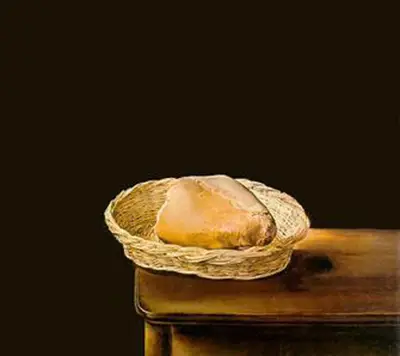
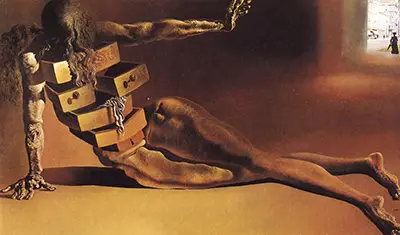
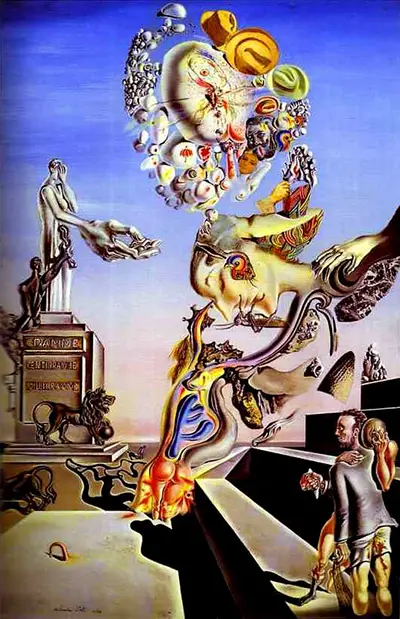
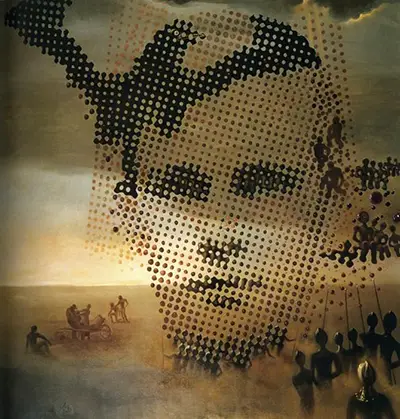
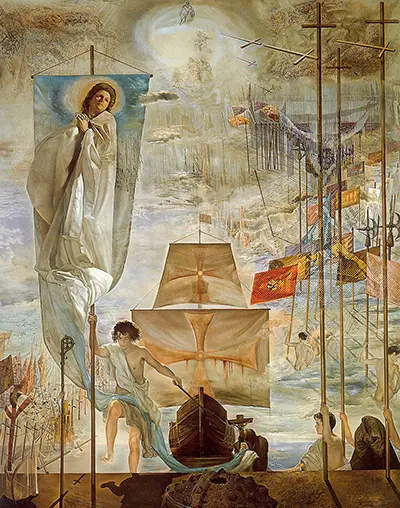
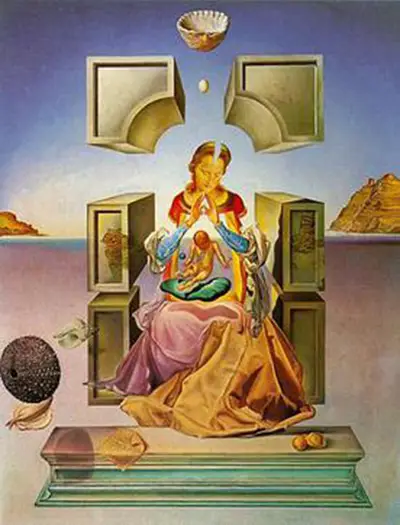
 Salvador Dali.jpg)
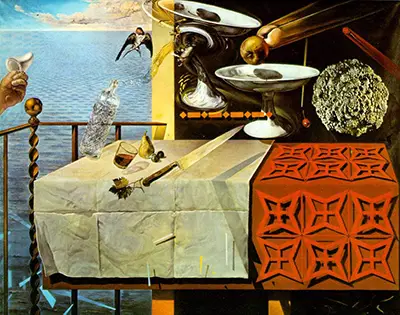
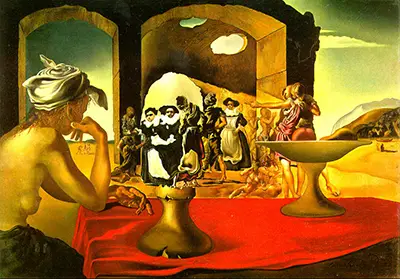
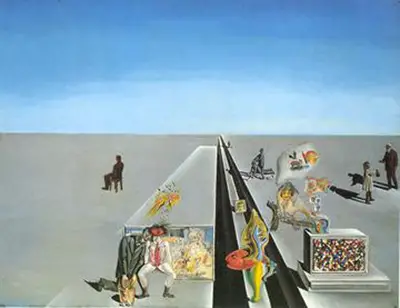
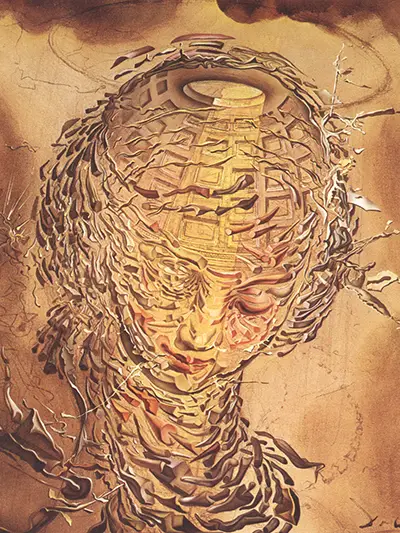
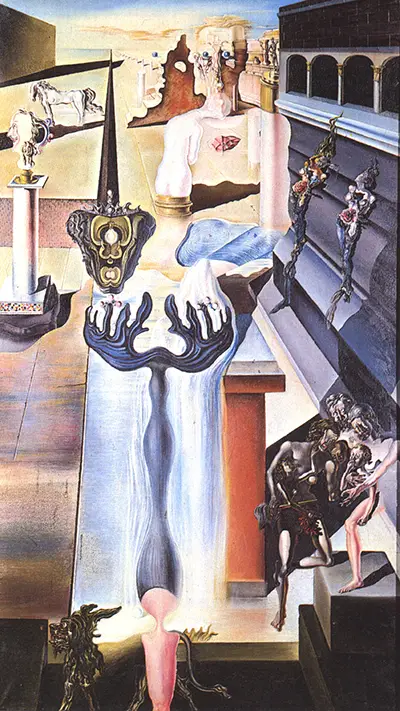
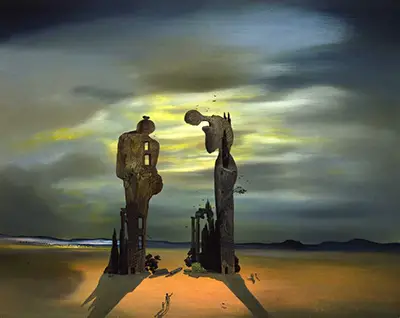
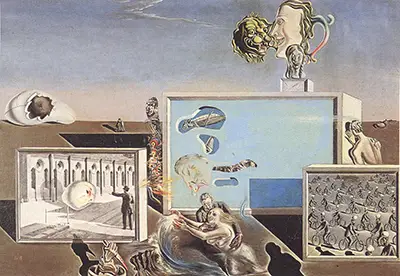
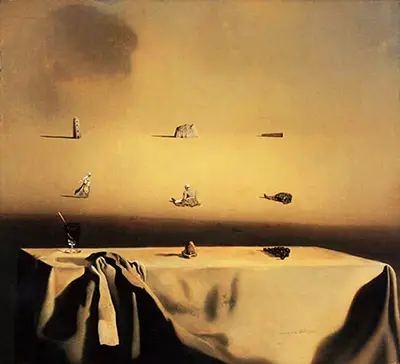
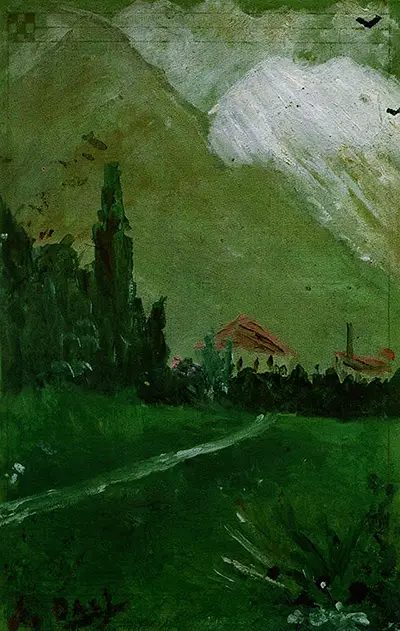
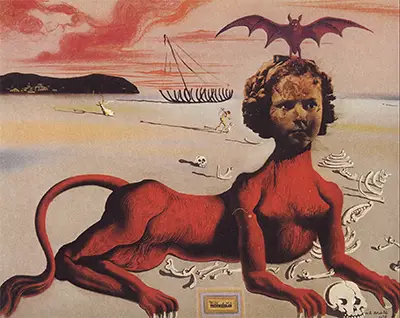
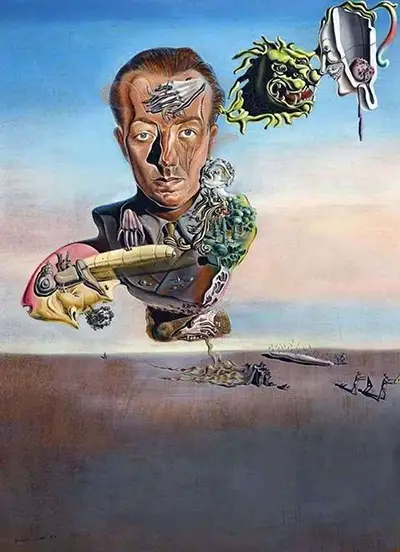
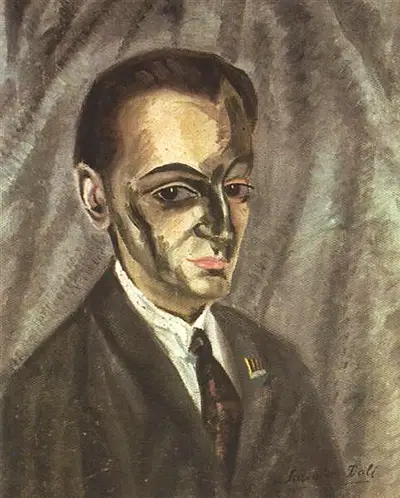
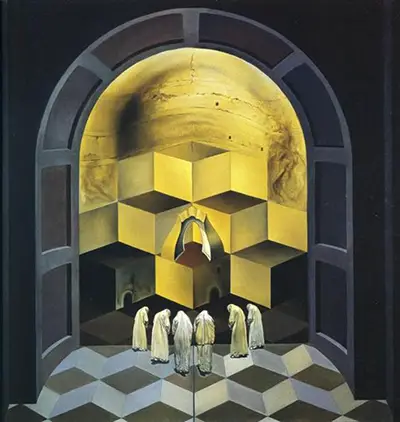

 Salvador Dali.jpg)
 Salvador Dali.jpg)
